All rights reserved, including the right to reproduce this book or portions thereof in any form whatsoever. For information address Free Press Subsidiary Rights Department, 1230 Avenue of the Americas, New York, NY 10020
FREE PRESS and colophon are trademarks of Simon & Schuster, Inc.
Nevius, Michelle.
Inside the Apple: a streetwise history of New York City /
by Michelle and James Nevius.
p. cm.
1. New York (N.Y.)History. 2. New York (N.Y.)Tours. 3. Historic sites New York (State)New YorkGuidebooks. 4. WalkingNew York (State) New YorkGuidebooks. I. Nevius, James. II. Title.
Note to Readers
Walking the streets of New York City, you constantly come face to face with history. Every building has a tale to tell, from world-famous places like the Empire State Building and the Statue of Liberty to sites connected to people and events long forgotten. (How many people today remember the bomb that exploded on Wall Street in September 1920 or the sinking of the steamship General Slocum? ) There is hardly a faade that doesnt, with a little research, reveal an interesting facet of the citys past.
The goal of Inside the Apple is to give you a different pathway into the citys long and rich history. While there are many books that focus on New Yorks notable events and famous people, ours is instead organized around the places where those events took place. By grounding the narrative in sites that you can see and visit, we provide concrete, tangible connections between the city of today and its intriguing past.
People have long tried to answer the question: What makes New York unique? We feel the answer is deceptively simple: more than any other American city, it is primarily experienced on foot. In fact, the city was designed to be walked; its grid of streets, laid out in 1811, was designed to aid people walking to the commercial piers on the East and Hudson rivers. That designalong with the compact network of roads in the oldest part of Lower Manhattanmeans that the city has always developed with the pedestrian in mind. New York is a joy to walk around, and for those who wish to take to the streets, weve included 14 self-guided walking tours at the back of the book to navigate you through the city and its past. But even if you are reading the book chronologically from the comfort of your own home, the fact that it is a streetwise history of the city always anchors the narrative in the city of today.
Of the books 182 chapters, the first 21 cover a wide swath of timenearly half of the citys entire European history. This isnt for lack of curiosity about the Dutch, British, or early American periods. It simply reflects the fact that in a book where every chapter is tied to an existing, modern-day place, there are few early sites that you can actually go and visit. For the most part, the cityscapes of these early eras have vanished as completely as the earlier landscapes of the Lenape and other indigenous peoples. While New Yorkers have done a fairly good job of preserving notable sites from the 19th century, most 17th-and 18th-century sites are gone.
This is not a new trend. Philip Hone, New Yorks mayor and one of its most famous 19th-century diarists, noted with melancholy in 1839:
My poor, dear house, 235 Broadway, is coming down forthwith, and in a few weeks the home of my happy days will be incontinently swept from the earth. Farther up, at the corner of Chambers Street, a row of low buildings has been removed to make way for one of those mighty edifices called hotels,eating, drinking, and lodging above and gay shops below; and so all the way up; the spirit of pulling down and building up is abroad. The whole of New York is rebuilt about once in ten years.
Even with todays historic-preservation laws, this is almost as true now as it was in Hones era. It is worth noting that its easier to take a walk through 19th-century Greenwich Village than it is to get a feel for the neighborhood that Bob Dylan called home in the early 1960s. Most of the important locales from Dylans heyday are gone. The buildings are still standing, but theres no more Gaslight, Gerdes Folk City, Caf Au Go-Go, or Izzy Youngs Folklore Center: the list of whats gone from 40 years ago is endless.
As you read, you will notice bracketed cross-references to other chapters in the book. Weve included these to aid your exploration, and you may find yourself simply following pathways through the book based on your own interests. For example, you might be reading the chapters on Tammany Hall Boss William Tweed and see that he was intimately tied to the 1876 presidential election and Democrat Samuel J. Tilden. Tilden, meanwhile, was the driving force behind the formation of the New York Public Library; reading about the library might, in turn, lead you to read about the Astor Library (one of its antecedents), which in turn would take you to Joseph Papps Public Theater, the current tenant in the Astor Librarys original home. And you could go on and on from there.
The books 182 chapters are mostly limited to events that have taken place on Manhattan. For the first three centuries of the Citys history, it was limited to the confines of Manhattan island. The story of Brooklynonce the third-largest city in Americais touched on in these pages, but, alas, the rich histories of Queens, the Bronx, and Staten Island will have to wait for another volume. Likewise, some subjects appear only in passingor not at all. Rather than write a book that was merely an exhaustive checklist, we have chosen instead to focus on certain places because we feel they paint a comprehensive and colorful portrait of the Big Apple.
Over the years, New York has had numerous names and nicknames: Manna-hata, New Amsterdam, Gotham, the Empire City, the City That Never Sleeps. But perhaps none has had the traction of the Big Apple.
Linguistic historian Barry Popik and etymologist Gerald Cohen traced the origins of the phrase to a horseracing column written by John J. Fitz Gerald in the 1920s. Fitz Gerald had picked up the phrase from a stable hand. The term originally referred to the size of the purse at New Yorks tracks: to win in New York was to take the big apple. Though the name caught on in the 1930sparticularly among jazz musiciansour modern usage dates to the 1970s, when the New York City Convention and Visitors Bureau launched two campaigns that have proved incredibly durable. One was Milton Glasers I  NY logo; the other revived the Big Apple as a replacement for Mayor John Lindsays earlier slogan, Fun City.
NY logo; the other revived the Big Apple as a replacement for Mayor John Lindsays earlier slogan, Fun City.
In many ways, its an apt metaphor: like an apple, the city has a sleek, tough skin that protects its sweet interior. (Or, if youre not a fan, you might say its rotten to the core.) But in fact, the experience of New York comes in every shape, size, and flavor imaginable. One simple truth about the city: there isnt a single, monolithic New York. Instead, everyones version of the city is different. Moreover, its a place thats constantly in flux. In these pages, we hope to take you inside the apple, to explore what makes New York not just a great city but a place where its possible to discover the whole history of America along its enticing streets.

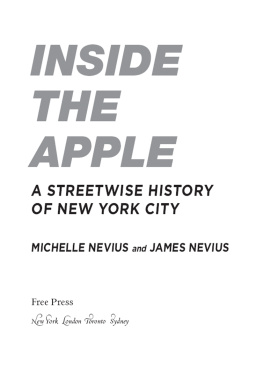

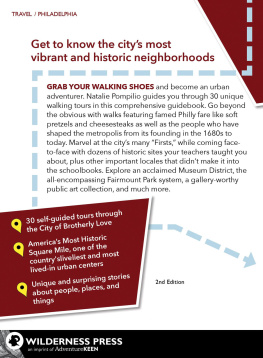
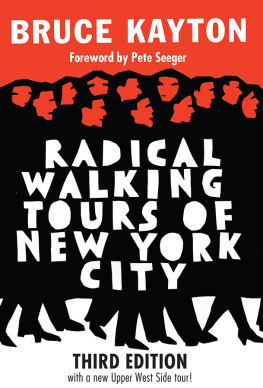
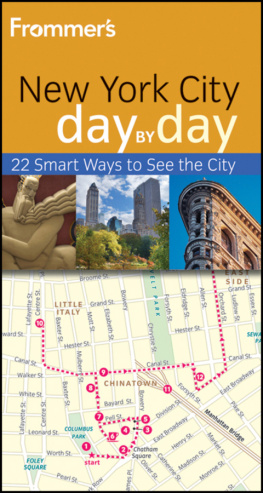
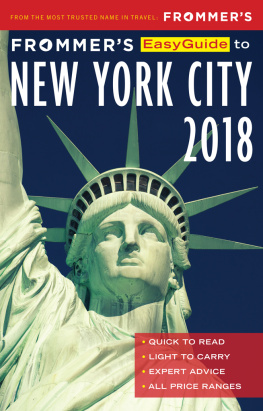
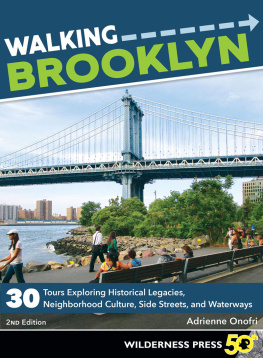



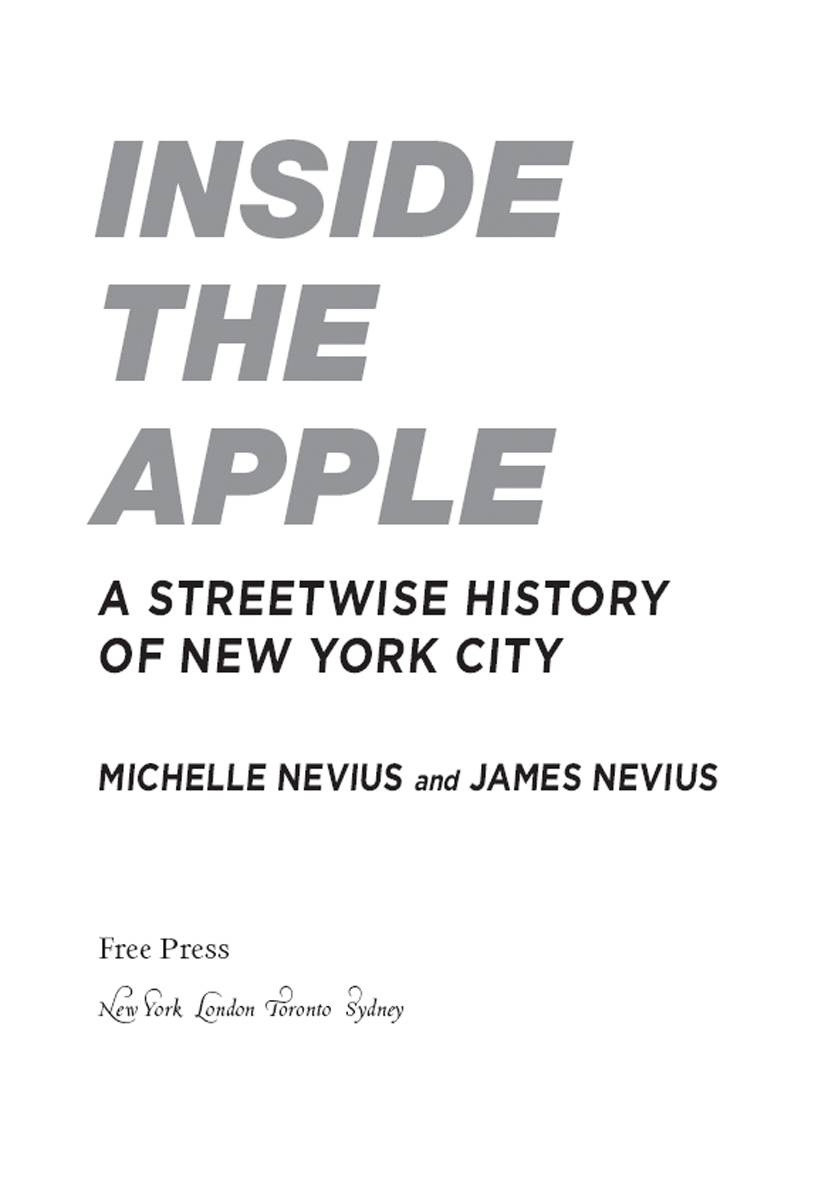



 NY logo; the other revived the Big Apple as a replacement for Mayor John Lindsays earlier slogan, Fun City.
NY logo; the other revived the Big Apple as a replacement for Mayor John Lindsays earlier slogan, Fun City.